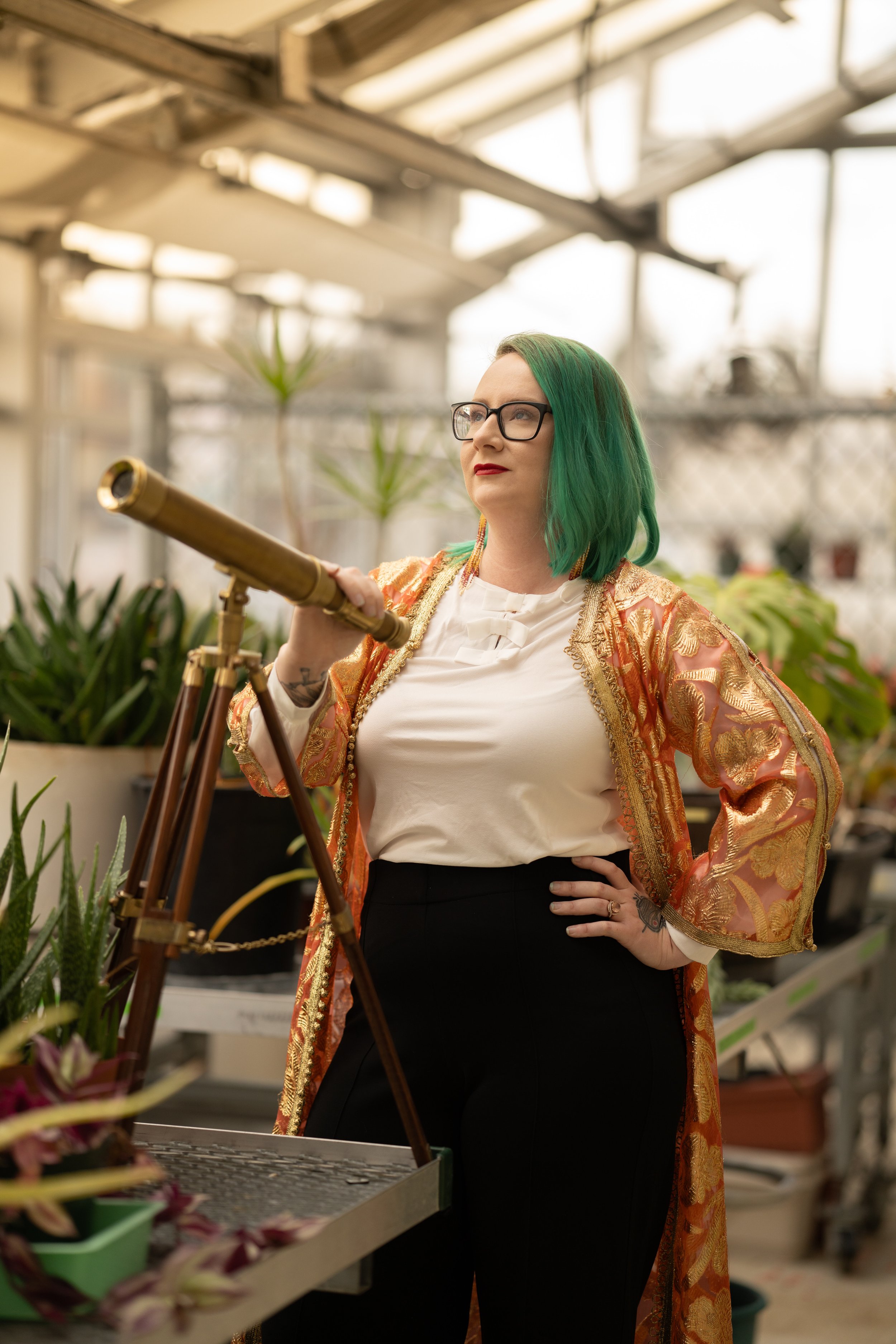
my IMDB page
MY PROFILE
IN NATURE
“Through golden hive minds, dreaming androids and interstellar alien worlds, astrobiologist and speculative science-fiction author Seven Rasmussen explores humanity within the unfamiliar and strange. Rasmussen writes short stories that often feature space and the distant future — topics that her work as an astrobiologist at Tacoma Community College in Washington often touches on. Her debut non-fiction book, Life in Seven Numbers: The Drake Equation Revealed, is due to be published in June 2025. The book explores the seven variables of the Drake Equation, which estimates the number of intelligent, communicating civilizations in our galaxy.” — By Fayth Tan
SCIENCE COMMUNICATION
“Alien Life in Rainbows” is a short feature produced by The Planetary Society based on my article, “How we use starlight to look for alien life”
TELEVISION
Dr. Rasmussen refutes Dr. Loeb’s claim that ‘Oumuamua is an alien spacecraft.
